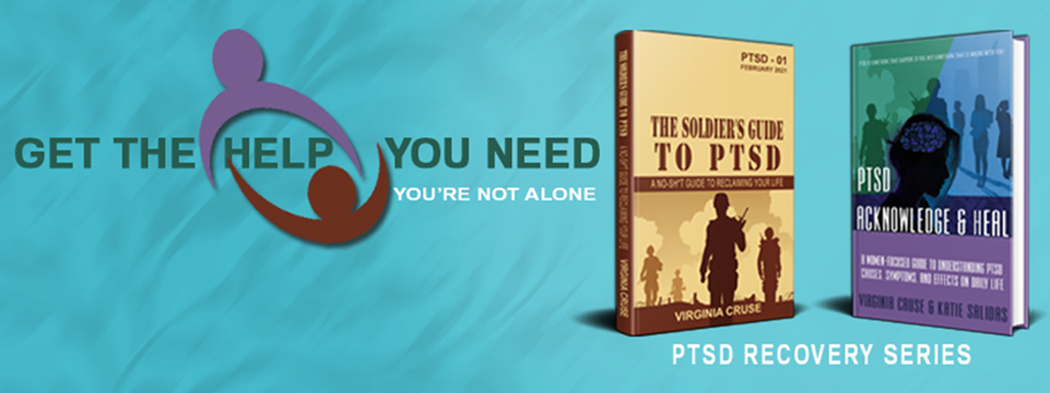We’ve mentioned before that shame is the internal voice that tells us we are horrible and a burden and should keep our problems to ourselves.
Well, there is an equally insidious “outside voice” version of this, too. We call this toxic positivity. Rather than coming from within, this is the feedback we get from others, or what we tell ourselves, that reinforces our shame and prevents us from seeking help.
Toxic Positivity is a form of invalidation and falls into the category of gaslighting and emotional abuse. Yeah, it can be that serious.
Instead of facing difficult emotions, Toxic Positivity rejects or ignores the negative, glossing over emotional pain with a cheerful, often falsely positive, facade. This can come in the form of burying one’s own feelings and avoiding anything negative, or it can come as a response to expressing those negative feelings with another person.
Common examples:
Feigning Gratitude or Praise.
Focusing on gratitude to bypass emotions. Gratitude is not a bad thing. Neither is praise. But they can be when used to invalidate or ignore your pain.
- Look on the bright side.
- Count your blessings.
- I just can’t believe how strong you are. I’d never survive what you’re going through. Keep up the good work.
Comparing
Just because someone else is seemingly handling a tough time “better” than you, that's no reason to start comparing. Everyone handles things in their own way.
- You think you have it rough?
- It could be worse.
- If I can do it, so can you.
Dismissing Difficult Emotions
When difficult emotions arise, you completely push them down, insisting you must stay positive. It’s a form of gaslighting.
- Everything happens for a reason.
- You signed up for this. Now suck it up and do your job.
- Failure is not an option.
A toxic positivity response creates a disconnect in a person’s ability to rely on their social support structure. And the worst part is these responses can come from others, or it can come from your own mind.
*****
“If you believe change is possible, you want to change, and you are willing to do the work, you absolutely CAN get your life back.”
Get your copy of The Soldier's Guide to PTSD, The Soldier's Workbook,




